Captain Mark Stepelton served his country with distinction, flying single-engine fighter aircraft over occupied Europe from November 1943 to September 1944. As the pilot of a P-51 Mustang during a critical stage of the air war, Stepelton chalked up an impressive combat record. While in Europe, he earned a promotion to the rank of Captain, eventually returning stateside to prepare for operations in the Pacific theater.
While much of his military file was destroyed in the 1973 St. Louis Personnel Records Center fire, his Military Record and Reports of Separation Certificate of Service (DD Form-214) remains available and provides a wealth of information. According to the surviving documentation, he was born May 21, 1917, in Chicago, Illinois.. Before he joined the service, he listed his occupation as a freight clerk, but soon his job would be much more exciting. He was commissioned as a Second Lieutenant in the US Army Air Forces on May 24, 1943, upon receiving his wings as a pilot. With blue eyes and blond hair, he was of slight frame, standing 5-foot-7 and weighing approximately 160 pounds.
Stepelton arrived in the United Kingdom on November 24, 1943, at a time when the air war over Europe was at a critical juncture. Air crew losses peaked just as he made it to theater with many men failing to return to base after fighting the German Luftwaffe. As a single-engine fighter pilot, Stepelton was assigned to the 364th Fighter Squadron, 357th Fighter Group, Eighth Air Force, and stationed at Leiston, England. The 357th Fighter Group flew the famous North American P-51 Mustang fighter and was the first unit in Europe to employ the new aircraft. The P-51 changed the nature of the air war in Europe, and it was largely regarded as the best fighter plane of the war. Stepelton flew in some of the most dangerous environments of the war by escorting bombing aircraft over occupied Europe and conducting air interdiction missions, striking enemy targets deep behind the lines. According to various reliable sources, he scored three and a half victories over enemy fighters in the air and claimed another two aircraft destroyed on the ground. In addition to these actions, he conducted at least 20 interdiction missions hitting various targets in support of ground operations.
The 357th had aircraft emblazoned with a red-and-yellow checker pattern painted on the aircrafts’ noses, with the 364th identified further with a yellow rudder and the code letters “C5” on the fuselage. The 364th stood out as having the most aerial victories within the group, with the larger 357th Group earning two Distinguished Unit Citations. Keynote was that the group participated in missions over Germany in February 1944 in what was known as “Big Week.” Later, the group supported the Allied Rhine River crossings during Operation Varsity. In addition to these and other combat actions, the group was known for having several famous pilots in its ranks. Such prominent names included Charles “Chuck” Yeager, who was the first man to break the sound barrier, and triple ace Clarence “Bud” Anderson.
Among his campaigns, Stepelton remained particularly proud to have played a part in the Allied victory on D-Day. On June 6, 1944, Mark flew two sorties over Normandy and was in the air for nearly fourteen hours, with only a brief respite to refuel back in England. He reportedly was so exhausted by the end of his second sortie that he had to be lifted out of his aircraft. Nonetheless, as his wife Twyla recalled, “he always said that was the best day of his life.”
Stepelton’s skills were evident in his combat victories and recognized by the Army Air Forces. During his tour in Europe, he was awarded the Distinguished Flying Cross twice and the Air Medal seven times. He was also authorized to wear the World War II Victory Medal and the European, African, and Middle East Campaign Medal. According to correspondence in his existing file, Stepelton returned to the United States on September 30, 1944, and was in training for potential Pacific theater deployment. In the letter to the Air Force Personnel Records Center, he claimed he was preparing for the planned invasion of Formosa (modern-day Taiwan). After the invasion was canceled, it appears Stepelton saw no further combat and was discharged on December 27, 1945, at Barksdale Field, Louisiana. During this career, he spent 10 months overseas with an additional 20 months in service in the United States.
The documentation also indicates that Stepelton served in the US Air Force after its creation in 1947 but provides little evidence of his service except to say he was stationed at Air Defense Command in Colorado Springs, Colorado. Despite the gaps in the existing file, there is plenty of evidence that Stepelton not only served his country bravely, but also distinguished himself in aerial combat at a very critical time in the air war. Flying P-51s in the European theater, Mark Stepelton is part of a rich and storied history that continues to inspire generations of Americans. To this day, aviation enthusiasts marvel at the intrepidity of such men while flying one of the most beautiful aircraft ever built. It is an exceptional legacy.
John Curatola, PhD
John Curatola, PhD, is the Samuel Zemurray Stone Senior Historian at the Jenny Craig Institute for the Study of War and Democracy.
Cite this article:
MLA Citation:
APA Citation:
Chicago Style Citation:
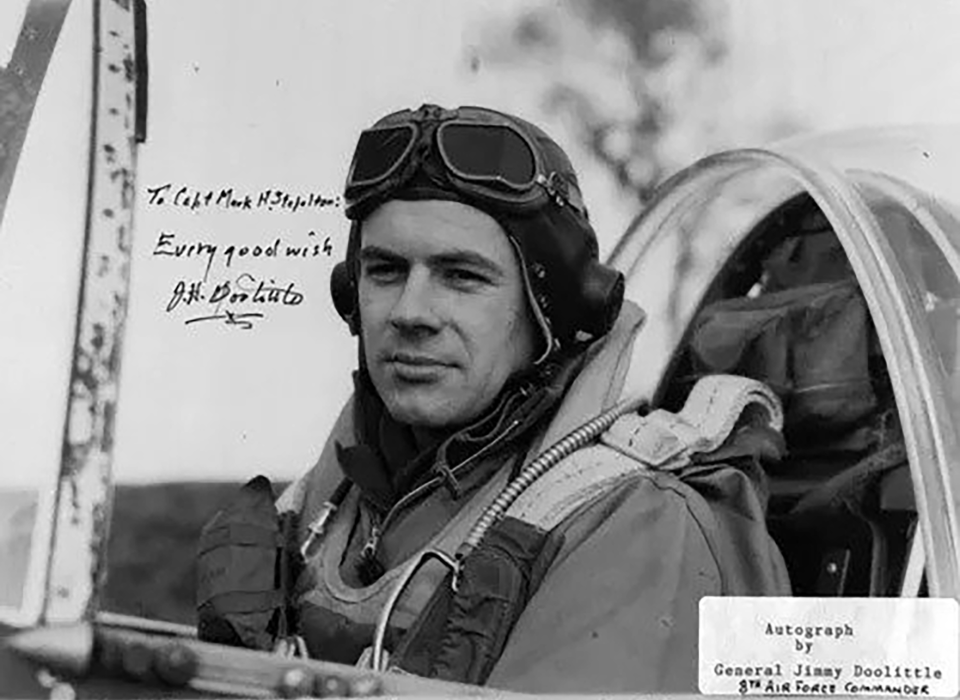
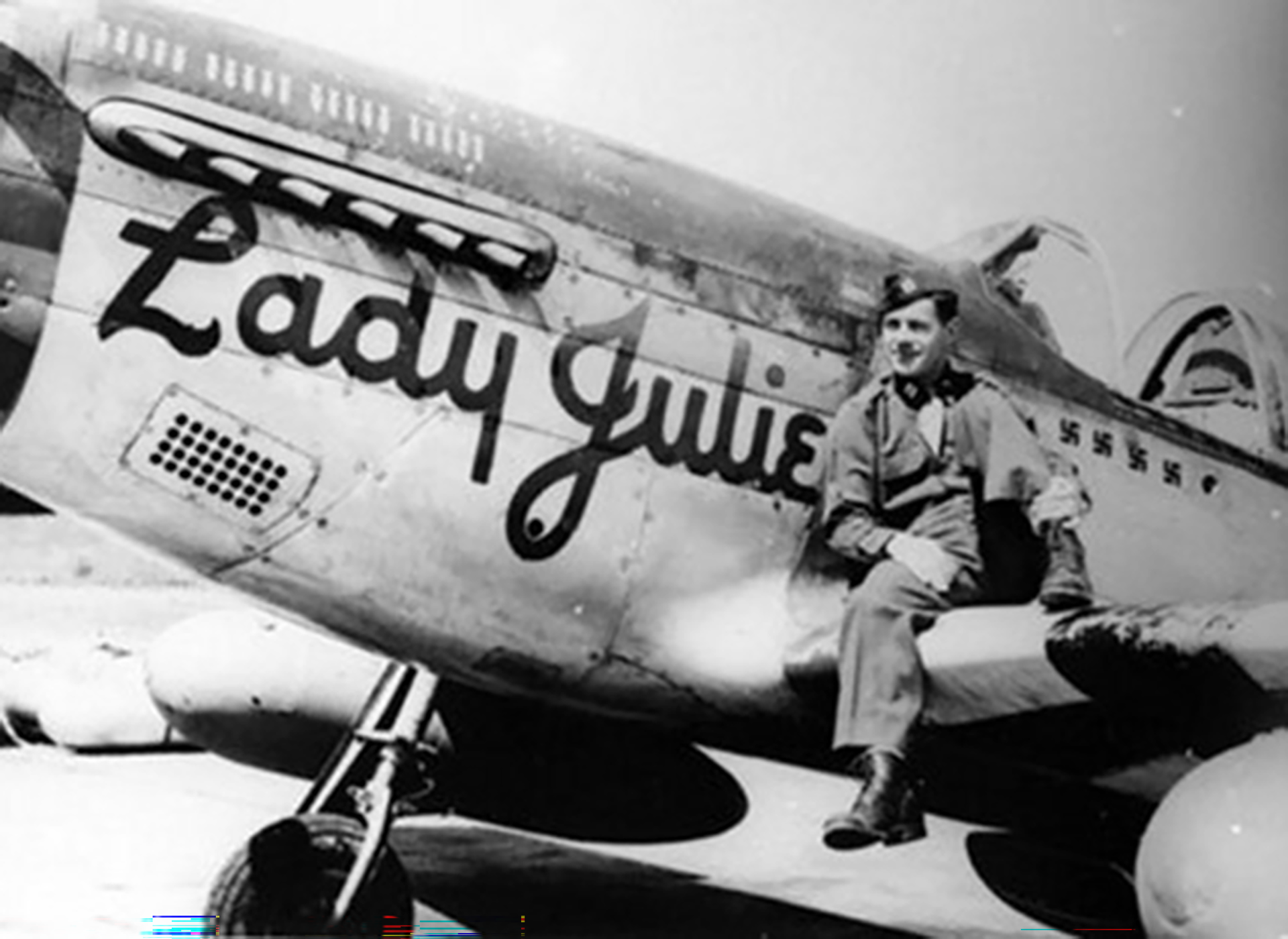
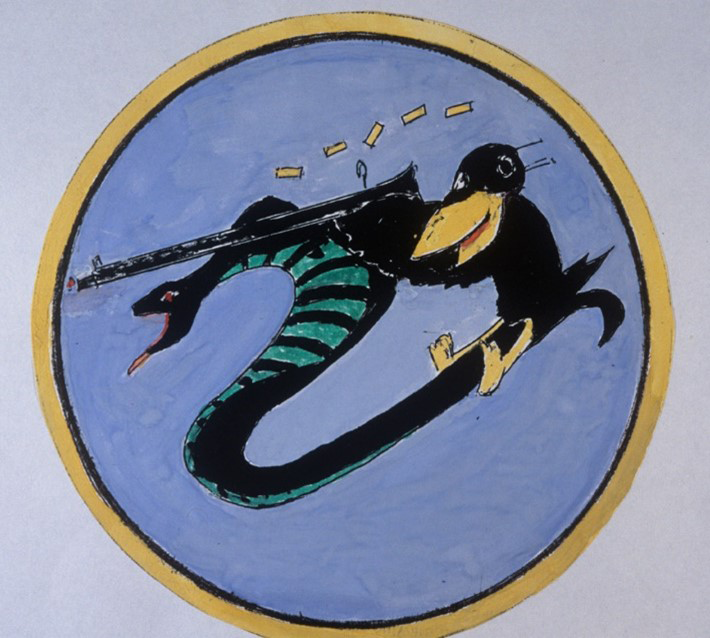
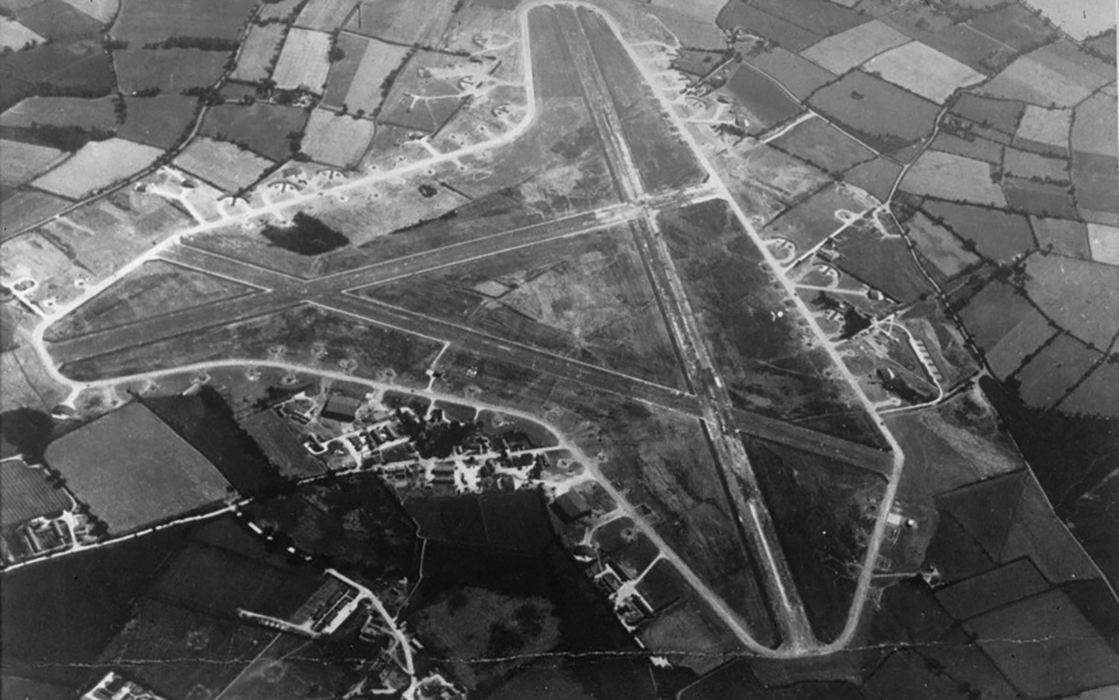
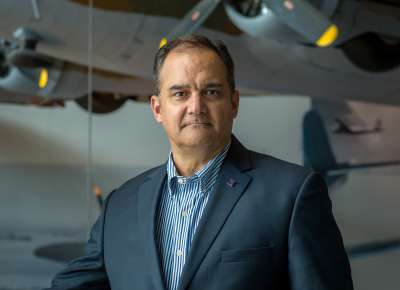



![Max Fuchs, New York City cantor, sings as Rabbi Sydney [sic] Lefkowitz, Richmond, VA, conducts the first Jewish services from Germany.](/sites/default/files/styles/max_650x650/public/2025-10/image1.jpg)



